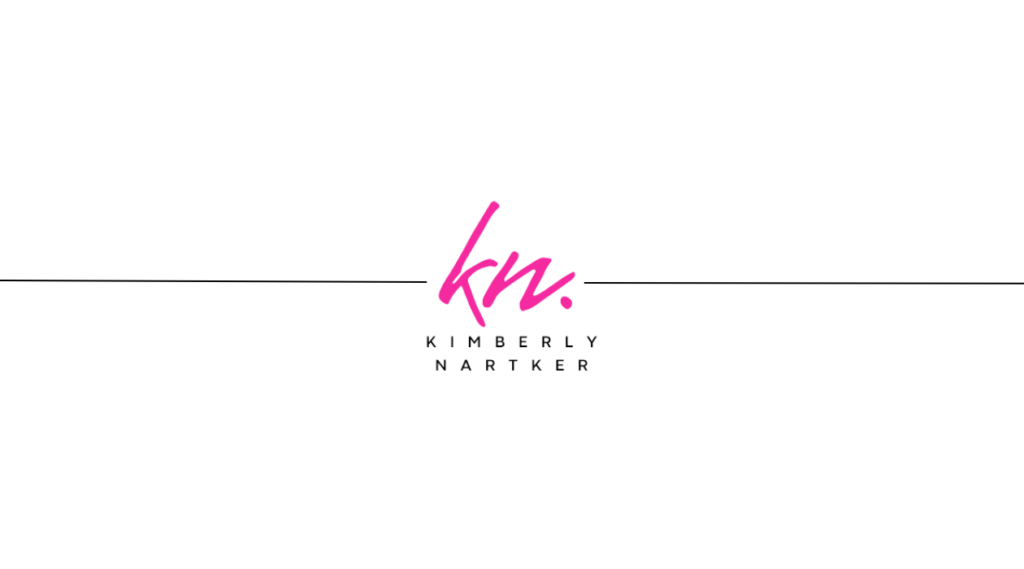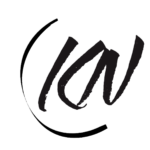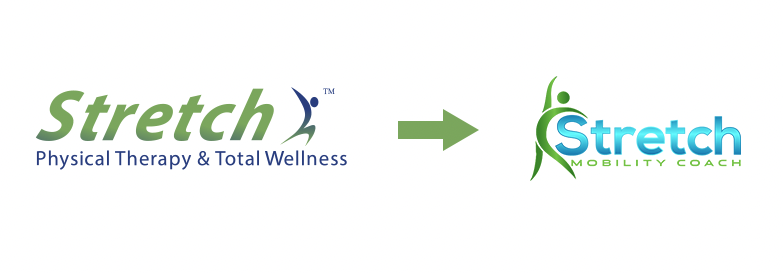Neck pain affects many people; it can be the result of a range of conditions that affect the muscles, joints, ligaments, discs or nerves. Frequently poor posture contributes to this problem. Postural correction exercises are therefore used in the treatment of this problem.
There are a range of posture correction exercises but they can be broadly grouped into 4 areas:
- Chin Tucks
These exercises aim to restore alignment of the head relative to the torso. It is common particularly in neck pain sufferers for the chin to poke forwards when standing or sitting. - Breast Bone Lift
Avoiding too large a curve in the middle back can be achieved through ‘opening the front of the chest’. - Shoulder Blade Squeeze
Retracting the shoulder blades prevents the shoulders from rounding. - ‘Spine Neutral’
Finding the middle range of pelvic tilt helps to activate the core muscles and ensures the spine is in its most efficient position.

The spine should naturally follow a shallow ‘S’ shaped curve. In this position the joints are stacked one on top of another. The muscles are orientated in their most mechanically advantageous position and there is minimal stress through the spine. Any abnormal curves will perpetuate neck pain through stress on muscles ligaments and joints.
Posture correction exercises aim to strengthen the muscles that support the spine and control the weight of the head so that normal spinal curves can be maintained.
Chin Tucks
It has been shown that neck pain sufferers demonstrate weakness and lack of endurance of the deep neck flexor muscles. Chin tuck exercises help to restore function of the deep neck flexors and even if used in isolation can be helpful in reducing neck pain.
Breast Bone Lift
This approach is also called thoracic extension or ‘opening through the front of the chest’. The thoracic spine (middle back) naturally has a slightly forward curve, however, where this curve is excessive it creates an imbalance between the muscles at the front of the chest which adaptively shorten and the muscles at the back which weaken.
Shoulder Blade Squeezes
Pulling the shoulder blades backwards is called retraction. Retraction exercises are used in conjunction with improving thoracic extension to reduce muscle imbalance. By strengthening the muscles which pull the shoulder blade onto the chest wall, one of which is the lower trapezius, it is possible to reduce stress on the upper trapezius. If the upper trapezius is overactive it can lead to the development of trigger points. Trigger points are tight bands or ‘knots’ within a muscle they cause pain in a particular distribution and are very often factors for consideration in neck pain of any source.
Spine Neutral
Spine neutral refers to the awareness of a mid range position between maximum tilt forwards at the pelvis and maximum tilt backwards. Where people exhibit poor posture often they have a tendency towards too far forwards which creates a big arch in the lower back or too far tilted backwards as is seen in slumped posture. The position of the pelvis is key to the alignment of the curves of the spine. Improving the strength of the ‘core’ muscles helps to maintain this position allowing the spine to follow the normal natural curves which are observed in good posture.
The use of posture correction exercises have been shown to improve neck pain (2). Not only will they reduce the stresses on ligaments, muscles and joints that may have caused the problem initially, they will also help to prevent further episodes of pain and movement restriction.
References
- The effeect of therapeutic exercise on the deep cervical flexor muscles in people with chronic neck pain. Jull, GA, Falla, D and Vicenzino, B. 2009, Manual Therapy, Vol. 14, pp. 696-701.
- Evidence for exercise therapy in mechanical neck disorders. Sarig-Bahat, H. 2003, Manual Therapy, Vol. 8, pp. 10-20.


